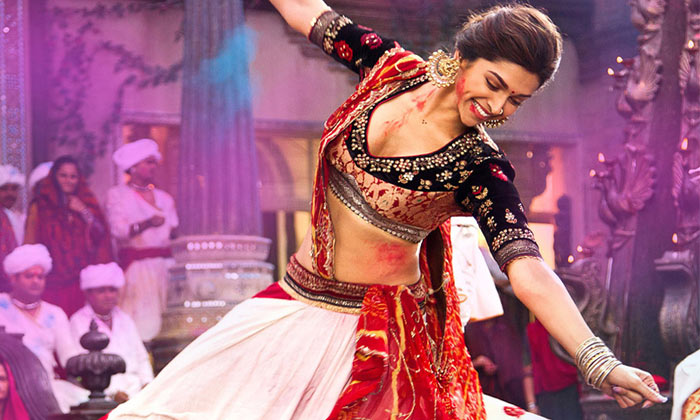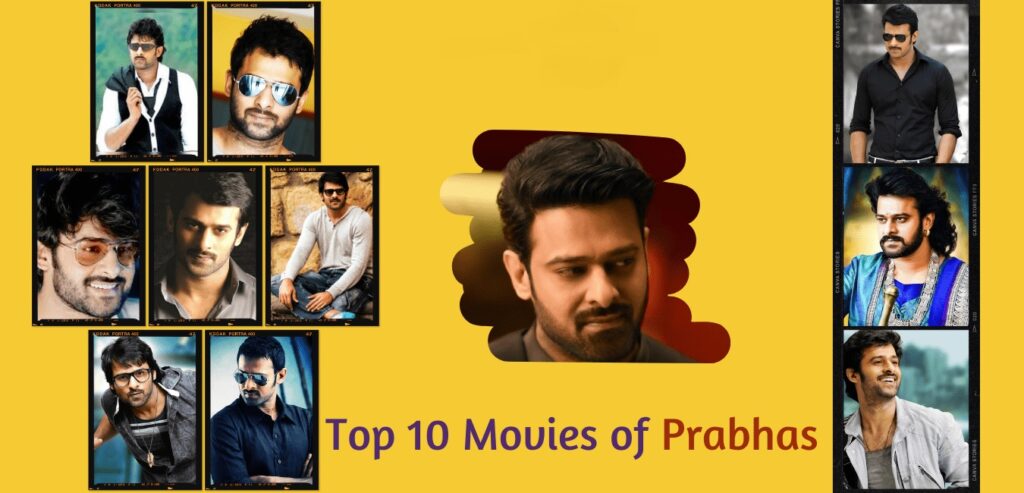Bollywood, the pulsating core of Indian cinema, has ushered forth a myriad of legendary films that not only encapsulate the spirit of Indian heritage but also signify the progression of music and dance across eras. Renowned as everlasting gems, vintage Bollywood films enshroud an opulent blend of inventive melodies and choreographic artistry, etching an unforgettable imprint on the world stage of entertainment. This composition sets sail on a harmonious odyssey, navigating the metamorphosis of musical and terpsichorean expression within classical Bollywood cinema, mapping the voyage from its inception to the zenith of its golden age and beyond.
The Dawn of Melody:
The genesis of Bollywood can be traced back to the early 20th century, with the first full-length Indian feature film, “Raja Harishchandra,” marking the dawn of a new era. These silent films relied on live music accompaniment to convey emotions, serving as the nascent platform for the synergy of music and visual storytelling. However, it was during the 1930s and 40s that sound technology revolutionized the industry, giving birth to the “talkie” era. Songs in these films became pivotal in advancing the narrative and became a precursor to the musical extravaganzas to come.

The Golden Era – A Harmonious Fusion:
The 1950s and 60s are often referred to as the Golden Era of Bollywood, a time when music and dance truly found their soulful connection. Legendary composers such as S.D. Burman, Naushad, and Shankar-Jaikishan crafted timeless melodies that continue to resonate with audiences today. The songs were not mere interludes but integral to the story, capturing the characters’ emotions and offering social commentary. This era also introduced legendary playback singers like Lata Mangeshkar, Mohammed Rafi, and Kishore Kumar, who lent their voices to immortalize these compositions.
Choreography Takes Center Stage:
The evolution of dance in Bollywood paralleled the growth of music. Pioneers like Uday Shankar and Zohra Sehgal brought Indian classical and folk dances into the limelight. However, it was in the 1950s that choreography truly blossomed with the advent of intricate dance sequences, blending classical and contemporary styles. Legendary dancers like Vyjayanthimala, Helen, and Waheeda Rehman added grace and glamour to these films. The mesmerizing choreography of songs like “Pyar Kiya To Darna Kya” (Mughal-e-Azam) and “Mera Naam Chin Chin Chu” (Howrah Bridge) remains etched in the memory of cinephiles.
Cultural Resonance and Technological Advancements:
As the 70s and 80s unfolded, Bollywood music and dance further evolved to reflect the changing societal norms and technological advancements. Western influences crept in, and disco beats found their way into iconic songs like “I am a Disco Dancer” (Disco Dancer) and “Jimmy Jimmy” (Disco Dancer). At the same time, classic Indian folk dance forms and classical music remained prominent, fostering a rich amalgamation that mirrored India’s cultural diversity.

Modern Interpretations and Global Reach:
The late 90s and early 2000s witnessed a transformation in Bollywood music and dance, with the emergence of a more contemporary and experimental style. Hip-hop, pop, and electronic genres began to influence compositions, giving rise to chartbusters like “Munni Badnaam Hui” (Dabangg) and “Kala Chashma” (Baar Baar Dekho). The dance choreography became more dynamic and synchronized, often featuring intricate formations and innovative concepts. Additionally, Bollywood’s global reach expanded, with dance routines gaining recognition on international stages and collaborations with Western artists becoming common.

Conclusion:
The evolution of music and dance in classic Bollywood movies is a saga that spans a century, representing the artistic, cultural, and societal changes that have shaped India and its cinema. From the melodious harmonies of the early talkie era to the dynamic dance extravaganzas of the modern age, Bollywood has continually reinvented itself while staying true to its roots. The mesmerizing union of music and dance remains the beating heart of Bollywood, transcending borders and generations to evoke emotions and create lasting memories.
Read More:- STYLE AS THE DECADES PROGRESSED: AN EXCURSION OF STYLE AND IMPACT
Read More:- The Development of Denim: Following the Set of Experiences and Development of Denim as a Design Staple









